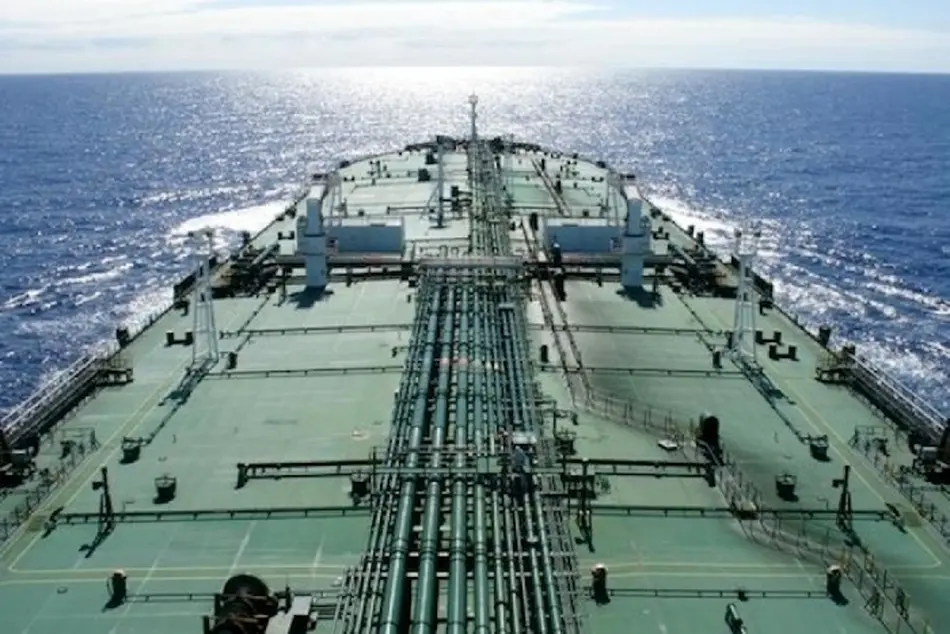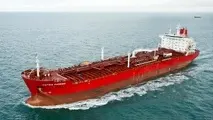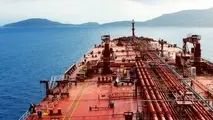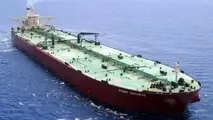Tanker Market Improves in the month of September

In September, tanker spot freight rates for dirty and clean vessels generally saw improved sentiment across all classes trading on various routes, said OPEC in its latest monthly report. The upward momentum varied, with VLCC rates remaining on average unchanged, while Suezmax and Aframax freight rates rose, supported by increased tonnage demand, tighter vessel availability and greater activity in the Mediterranean, as well as to some extent disruption in the vessel programme caused hurricanes in the US. In the dirty segment, VLCC rates were broadly unchanged, while Suezmax and Aframax spot freight rates increased by 6%, and 38%, respectively, over the previous month. Clean tanker freight rates showed positive developments in September, with those West of Suez increasing by 38%, while East of Suez rates rose by 16% from one month ago. Steady tonnage requirements, combined with occasional tightening vessel supply, supported product tanker freight rates on several trading routes
Spot fixtures
In September, OPEC spot fixtures rose by 0.8% from the previous month to average 11.94 mb/d, according to preliminary data. The increase came on the back of higher spot fixtures on the Middle East-to-East and Outside Middle East route which averaged 5.85 mb/d and 3.94 mb/d, respectively, in September. On the other hand, fixtures on the Middle East-to-West route were down by 0.27 mb/d in September to average 2.15 mb/d.
Sailings and arrivals
OPEC sailings inched down by 0.04 mb/d, or 0.2%, in September to stand at 23.96 mb/d. Middle East sailings increased marginally, rising by 0.04 mb/d over the previous month, to average 17.26 mb/d. Crude oil arrivals dropped in September at all ports. European, West Asian, North American and Far Eastern ports showed a drop of 0.4%, 0.8%, 0.9% and 2.5%, respectively, from the previous month.
VLCC
Among dirty tankers, the VLCC chartering market saw higher activity in September, mainly in the Middle East, where tonnage demand increased sharply at the beginning of the month from recent levels. Nevertheless, freight rate improvements were minor as tonnage availability remains, allowing charterers to maintain an upper hand in the market, despite owners’ constant resistance to low rates. These remained generally depressed in the absence of major delays or weather disruptions.
On average, VLCC spot freight rates rose only by WS1 point in September compared with a month before to stand at WS39 points. VLCC Middle East-to-East spot freight rates rose by 4% in September to stand at WS44 points. Similarly, spot freight rates registered for tankers trading on the West Africa-to-East route rose by 4% to average WS51 points, as the tanker market in West Africa followed the movement of the Middle East market. However, VLCC spot freight rates on the Middle East-to-West route showed a drop from one month before, primarily due to insufficient tonnage demand, falling by WS1 point to stand at WS23 points.
Suezmax
Suezmax spot freight rates showed slightly larger gains than in the VLCC sector, with a rise of 6% on average in September compared with the previous month, to stand at WS62 points. Suezmax freight rates increased on the back of sudden replacement, as the class was taken as an alternative to Aframax at the beginning of the month after Hurricane Harvey disrupted the vessel programme. Rates in the Atlantic increased further as Hurricane Irma approached, causing freight rates registered for tankers operating on the West Africa-to-US Gulf route to increase by 11% from the month before to WS68 points.
The Mediterranean market saw a relative increase in chartering activities, which limited growth in freight rates. Suezmax availability in several regions remained more than sufficient to keep rates depressed, consequentially spot freight rates on the Northwest Europe-to-US Gulf route ended the month almost flat to stand at WS56 points.
Aframax
Aframax spot freight rates showed the highest gains among vessel sizes in the dirty tanker sector, climbing on all reported routes and showing notable average gains from the previous month. Aframax spot rates in the Mediterranean rose as a result of higher activity. Spot freight rates on the Mediterranean-to-Mediterranean and Mediterranean-to-Northwest Europe routes were the main contributors to average rate increases, as both routes reflected higher rates by 38% and 46%, respectively, from the previous month to stand at WS107 points and WS105 points. Aframax rates in the North Sea and the Baltic also increased, supported by delays caused by severe weather conditions.
In the Caribbean, rates rose as uncertainty concerning vessel schedules provided support to freight rates at certain points, however, rates later retreated while the market stabilised. On average, Caribbean-to-US East Coast (USEC) spot freight rates showed growth of 44%, standing at WS144 points compared with a month earlier. Aframax freight rates on the Indonesia-to-East route rose by 25% from the previous month, averaging WS105 points.



